UI / UX / IxD / Design / Frontend
"Design is not just what it looks like and feels like. Design is how it works."---Steve Jobs, 2003
https://www.freecodecamp.org/news/ui-ux-design-guide
UX
UX Design Fundamentals: What do your users really see - Billy Hollis
20 Usability Heuristics
- User Control: The interface will allow the user to perceive that they are in control and will allow appropriate control
- Human Limitations: The interface will not overload the user's congnitive, visual, auditory, tactile, or motor limits
- Modal Integrity: The interface will fit individual tasks within whatever modality is being used: auditory, visual, or motor/kinesthetic
- Accommodation: The interface will fit the way each user group works and thinks
- Linguistic Clarity: The interface will communicate as efficiently as possible
- Aesthetic Integrity: The interface will have an attractive and appropriate design
- Simplicity: The interface will present elements simply
- Predictability: The interface will behave in a manner such that users can accurately predict what will happen next
- Interpretation: The interface will make reasonable guesses about what the user is trying to do
- Accuracy: The interface will be free from errors
- Technical Clarity: The interface will have the highest possible fidelity
- Flexibility: The interface will allow the user to adjust the design for custom use
- Fulfillment: The interface will provide a satisfying user experience
- Cultural Propriety: The interface will match the user's social customs and expectations
- Suitable Tempo: The interface will operate at a tempo suitable to the user
- Consistency: The interface will be consistent
- User Support: The interface will provide additional assistance as needed or requested
- Precision: The interface will allow the users to perform a task exactly
- Forgiveness: The interface will make actions recoverable
- Responsiveness: The interface will inform users about the results of their actions and the interface's status
https://www.toptal.com/designers/ui/design-for-developers
https://uxplanet.org/9-ui-ux-must-tools-for-designers-df60745d990e
https://www.toptal.com/designers/gui/portfolios
Dark Pattern Design
Adark patternis "a user interface that has been carefully crafted to trick users into doing things, such as buying overpriced insurance with their purchase or signing up for recurring bills". User experience designer Harry Brignull coined the neologism on 28 July 2010 with the registration of darkpatterns.org, a "pattern library with the specific goal of naming and shaming deceptive user interfaces".More broadly, dark patterns supplant "user value...in favor of shareholder value".
- Confirmshaming - Want To Say 'No'? Shame on you!
- Disguised Ads - Where Is The Download?
- Forced Continuity - A Silent Parasite
- Roach Model - Want To Say Goodbye? Not So Easy!
- Tricky Questions - Check or uncheck? That's the question.
https://www.darkpatterns.org/types-of-dark-pattern
https://uxdesign.cc/dark-patterns-in-ux-design-7009a83b233c
https://techcrunch.com/2018/07/01/wtf-is-dark-pattern-design
How to Encourage Clicks Without the Shady Tricks | UX Consultant | Paul Boag
How Brands Use Design & Marketing to Control Your Mind - YouTube
The seven most important building blocks of all good user interfaces
- White space
- Color
- Contrast
- Scale
- Alignment
- Typography
- Visual Hierarchy
https://www.freecodecamp.org/news/learn-ui-design-fundamentals-with-this-free-one-hour-course
UX
Skeuomorphism
Skeuomorphism is a term used to define an interface that mimics real-world items. The most common examples are the recycle bin icon on the desktop screen and the dial icon on mobile phones. They both represent a real-life object, dustbin, and a landline phone that the users are already familiar with.
Skeuomorphism had a huge impact on the early days of computing. The use of Skeupmorphism made interfaces more familiar and intuitive to use.
It served as a bridge between the physical and the digital world. The buttons were purposefully made to look glossy and raised to mimic a real-life button. However, with the popularity of smartphones, people became very accustomed to the graphical user interface. Skeuomorphism served a little role as time progressed. The 3-dimensions looking elements started looking unnecessary and made the UI look cluttered. This led to the rise in Flat Design.
Flat Design
Flat designs moved away from 3d elements of Skeuomorphism. The idea of Flat Design was inspired by Minimalism. The flat design avoids gradients, shadows, and textures and rather focuses on User Experience (UX) with the use of simple flat elements and flat solid colors.
Apart from its aesthetics, the main benefit of Flat Design is in its implementation. It is far easier to scale flat design elements and make it responsive over different screen sizes.
However, flat design is limiting at times and may make designs too minimal and less intuitive. Therefore, a new improved and evolved form of Flat Design, Material Design, was then introduced. It makes the use of animations, gravity, and has a sense of physics. The material design utilizes Skeuomorphism subtly. It utilizes shadows and z-index to give a sense of elements being on top of each other.
Neumorphism (Soft UI)
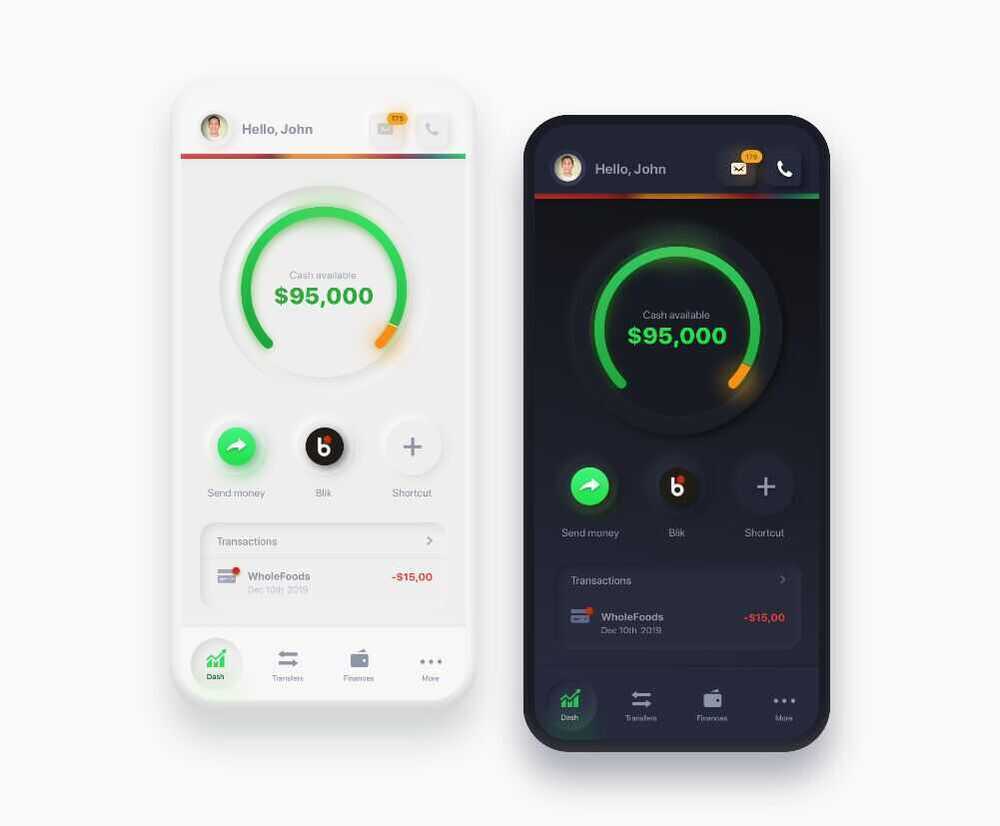
While neumorphic design looks aesthetically pleasing, it certainly has a lot of limitations. The subtle differences in the color value make it look minimal and aesthetically pleasing. However, having a low contrast ratio presents an accessibility issue. While it is possible to achieve different states of buttons such as active, pressed, and hovered with the use of different types of shadows, it might only be considering the users with clear eyesight. Moreover, it is complex to achieve a visual hierarchy by visually differentiating elements based on their levels of importance without compromising accessibility. Neumorphism might compromise UX for aesthetically pleasing UI if not done correctly.
https://www.justinmind.com/blog/neumorphism-ui
https://medium.com/@artofofiare/neumorphism-the-right-way-a-2020-design-trend-386e6a09040a
https://css-tricks.com/neumorphism-and-css
Glassmorphism
The main aspect of this trend is a semi-transparent background, with a sublime shadow and border.
https://www.freecodecamp.org/news/glassmorphism-design-effect-with-html-css
Others
- Aquamorphic / Aquamorphism
Figma
- Icons - Free figma icons
- Templates - https://www.templatefreebies.com
- https://www.youtube.com/watch?v=FTFaQWZBqQ8&ab_channel=AJ%26Smart
- https://www.freecodecamp.org/news/ui-ux-design-tutorial-from-zero-to-hero-with-wireframe-prototype-figma
- https://www.toptal.com/designers/ui/figma-design-tool
- https://www.freecodecamp.org/news/learn-how-to-create-a-design-system-in-figma/lo
- https://www.freecodecamp.org/news/ui-design-with-figma-tutorial
- https://www.freecodecamp.org/news/use-user-reseach-to-create-the-perfect-ui-design
- Figma Variants - https://www.freecodecamp.org/news/design-a-scalable-mobile-app-with-figma-variants
- Jitter · Fast and simple motion design tool.
Adobe
Creative Design Tools
- Adobe Photoshop - Industry-standard for photo editing, graphic design, and digital art.
- Photopea - free photoshop alternative
- Adobe Illustrator - Vector-based design software for creating logos, icons, and illustrations.
- Adobe InDesign - Layout design tool for creating print and digital publications like magazines and eBooks.
- Adobe XD - UX/UI design tool for prototyping and designing user experiences for apps and websites.
- Adobe Fresco - Digital painting and drawing app with realistic brushes for artists.
Video & Animation Tools
- Adobe Premiere Pro - Professional video editing software for films, TV, and web content.
- Adobe After Effects - Motion graphics and visual effects software for animation and compositing.
- Adobe Animate - Tool for creating interactive animations for games, apps, and web content.
- Adobe Character Animator - Brings 2D characters to life in real-time using your facial expressions.
Audio Tools
- Adobe Audition - Professional audio editing software for sound mixing, podcasts, and audio restoration.
Photography Tools
- Adobe Lightroom - Photo editing and organizing tool for photographers, with powerful presets and cloud integration.
Web Tools
- Adobe Dreamweaver - Web design and development tool for creating responsive websites.
- Adobe Muse (Discontinued) - Web design tool focused on designers without coding skills (no longer supported).
PDF and Document Management
- Adobe Acrobat DC - PDF creation, editing, signing, and sharing software.
- Adobe Scan - Mobile app for scanning documents and converting them into PDFs.
3D and AR Tools
- Adobe Dimension (Now Adobe Substance 3D) - For creating 3D models and scenes with photorealistic effects.
- Adobe Aero - Augmented reality (AR) tool for creating immersive AR experiences.
Marketing & Collaboration
- Adobe Spark (Now Adobe Express) - Quick and simple graphic design tool for social media posts, flyers, and web pages.
- Adobe Creative Cloud Express - Simplified design platform for creating content across various media.
- Adobe Experience Manager (AEM) - Enterprise-level content management system for websites and marketing campaigns.
- Adobe Campaign - Tool for managing personalized cross-channel marketing campaigns.
- Adobe Stock - Library of stock photos, videos, and assets integrated with Creative Cloud tools.
- Adobe Workfront - Project management tool for marketing and creative teams.
Others
- Adobe Substance 3D Collection - Tools for 3D texturing, modeling, and rendering (includes Painter, Designer, and Stager).
- Adobe Bridge - Asset management tool for organizing and previewing creative assets.
- Adobe Fonts - Vast library of fonts available for Creative Cloud users.
- Adobe Captivate - eLearning authoring tool for creating training modules and interactive content.
Alternatives
- Clipping Fly - Professional Clipping Path & Photo Editing Service
- Affinity Designer: A good alternative with decent compatibility.
- CorelDRAW: Another popular vector editor that can handle AI files.
- Figma and Sketch: Primarily design tools, but they offer some AI compatibility.
Accessibility
https://www.freecodecamp.org/news/designing-keyboard-accessibility-for-complex-react-experiences
IxD (Interaction Designers)
Interaction design, often abbreviated asIxD, is "the practice of designing interactive digital products, environments, systems, and services."Beyond the digital aspect, interaction design is also useful when creating physical (non-digital) products, exploring how a user might interact with it. Common topics of interaction design include design, human--computer interaction, and software development. While interaction design has an interest in form (similar to other design fields), its main area of focus rests on behavior.Rather than analyzing how things are, interaction design synthesizes and imagines things as they could be. This element of interaction design is what characterizes IxD as a design field as opposed to a science or engineering field.
While disciplines such as software engineering have a heavy focus on designing for technical stakeholders, interaction design is geared toward satisfying the majority of users.
Five dimensions
The concept of dimensions of interaction design were introduced in Moggridge's bookDesigning Interactions.Crampton Smith wrote that interaction design draws on four existing design languages, 1D, 2D, 3D, 4D.Silver later proposed a fifth dimension, behaviour.
Words
This dimension defines interactions: words are the element that users interact with.
Visual representations
Visual representations are the elements of an interface that the user perceives; these may include but are not limited to "typography, diagrams, icons, and other graphics".
Physical objects or space
This dimension defines the objects or space "with which or within which users interact".
Time
The time during which the user interacts with the interface. An example of this includes "content that changes over time such as sound, video or animation".
Behavior
Behavior defines how users respond to the interface. Users may have different reactions in this interface.
https://xd.adobe.com/ideas/principles/human-computer-interaction/what-is-interaction-design
How do you utilize Hierarchy of Control in your design projects?
This technique is another way Interaction Designers IxD can make users feel comfortable using the platform, which in turn will make them more efficient.
The way Hierarchy of Control can be made clearly apparent is generally by grouping controls which affect an object with the object itself, such as zoom controls on a map. A hierarchy is created by associating controls which influence a smaller group of objects with the entire group.
Information Architecture (IA)
The Comprehensive Guide to Information Architecture - Toptal
What is Information Architecture? How to Create Userflows and Sitemaps for UX Design
An information architecture is a document that provides an operational map to how a product acts and functions work for users. It's akin to a blueprint for digital products, and it displays pages, content, interactions, and behaviors for the entire product.
Information architecture (IA) involves the way a website/app is structured and how the content is organized. The goal is to help users find information and complete tasks. "In other words, information architecture is the creation of a structure for a website, application, or another project, that allows us to understand where we are as users, and where the information we want is in relation to our position. Information architecture results in the creation of site maps, hierarchies, categorizations, navigation, and metadata. When a content strategist begins separating content and dividing it into categories, she is practicing information architecture. When a designer sketches a top level menu to help users understand where they are on a site, he is also practicing information architecture"- from uxbooth.com
Some qualifications for IA
- Experience documenting complex digital properties (websites, mobile apps, products, and system services)
- Extremely detailed documentation, ability to find discrepancies, cracks, etc. amongst complex site documentation
- Proficient with Axure, OmniGraffle, Keynote, as well as Visio and any other programs directly related to IA
- Analyze available information and assets to assess optimal IA approach
- Strong communication skills (written and verbal), and an ability to present effectively to agency and client staff
- Needs to be analytical, hardworking, creative, curious and interested in people and ideas
- Must be a confident and motivated self-starter
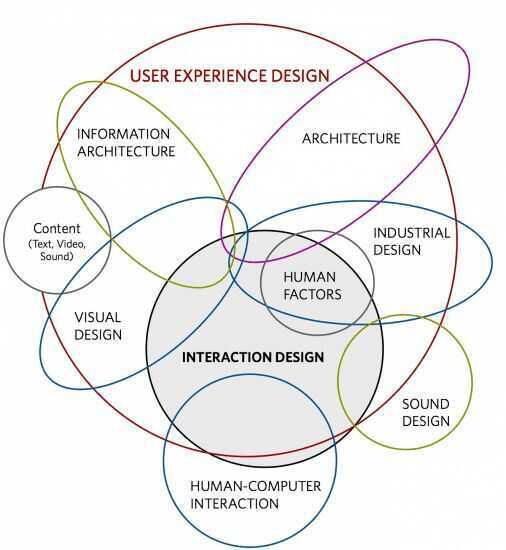
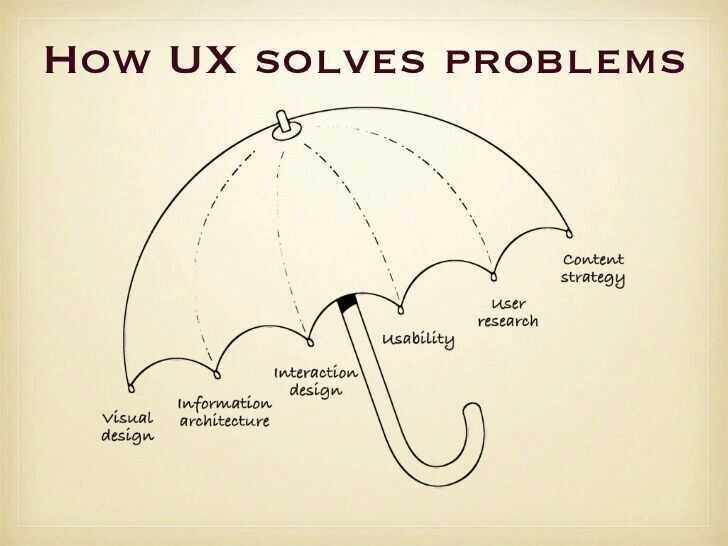
Inspiration
- producthunt - https://www.producthunt.com
- mobbin.design
- dribble
- evernote.design
- pageflows.com
- informationisbeautiful.net
- figma
- Land-book - website design inspiration gallery
Designing for Speed | Google Senior UX Designer | Mustafa Kurtuldu
Occupied vs Unoccupied time

Elevators
- Put up mirrors
- Install hand sanitizers
Speed is broken up in two pieces, real and perceived
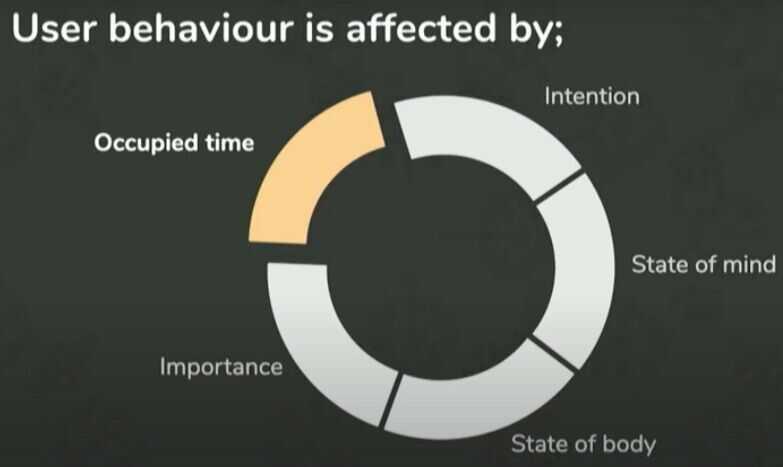
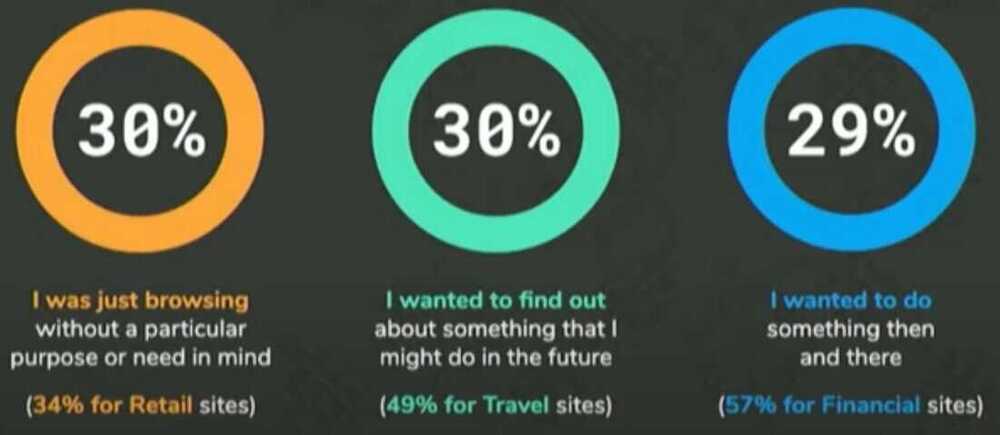
UX important hierarchy
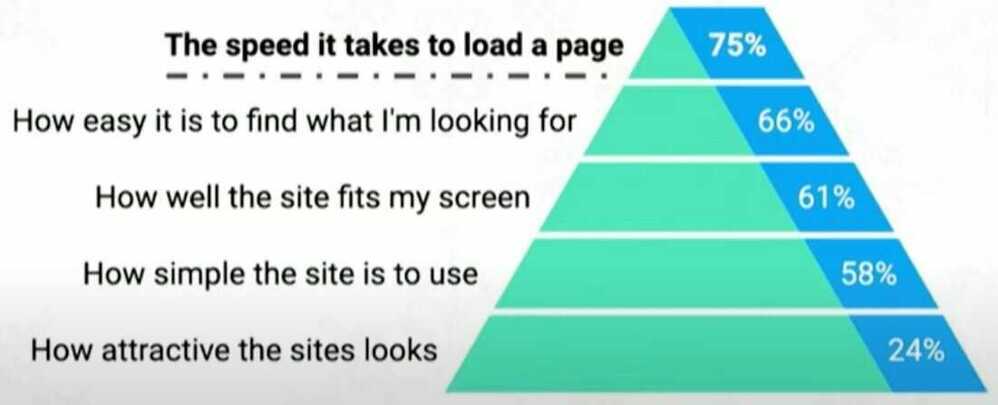
Design Thinking Process
The five phases of the Design Thinking Process are:
- Empathize
- Define
- Ideate
- Prototype
- Test
https://www.freecodecamp.org/news/the-design-thinking-process-explained

Tools
- draw.io / drawio
- Excalidraw | Hand-drawn look & feel • Collaborative • Secure
- GitHub - mingrammer/diagrams: 🎨 Diagram as Code for prototyping cloud system architectures
- Flowchart Maker and Diagramming Software | Microsoft Visio
- Gliffy
- Mermaid - https://mermaid.live/
- PlantUML
- Lucid Charts (lucidchart) - 60 objects contraint
- coggle.it
- moqups (Online Mockup, Wireframe, UI prototyping tool)
- figma - https://www.figma.com
- https://balsamiq.com
- Mural - https://www.mural.co - https://www.mural.co/templates?template-categories=all-templates
- Adobe XD vs Sketch vs Figma vs InVision studio
- http://illustrated.dev/resources
- Visily - AI-powered UI design software
Others
- https://dev.to/fullstack_to/units-in-css-em-rem-pt-px-vw-vh-vmin-vmax-ex-ch-53l0
- https://dev.to/simonholdorf/9-projects-you-can-do-to-become-a-frontend-master-in-2020-n2h
- https://www.toptal.com/web/website-performance-critical-rendering-path
- https://www.smashingmagazine.com/2020/01/front-end-performance-checklist-2020-pdf-pages
- https://www.freecodecamp.org/news/how-hex-code-colors-work-how-to-choose-colors-without-a-color-picker
- https://www.toptal.com/designers/web/interview-questions
- https://www.toptal.com/designers/interactive/interview-questions
- https://github.com/bradtraversy/design-resources-for-developers
Courses - https://www.interaction-design.org
https://wittysparks.com/professional-design-process-explained
https://www.freecodecamp.org/news/ux-vs-ui-whats-the-difference-definition-and-meaning